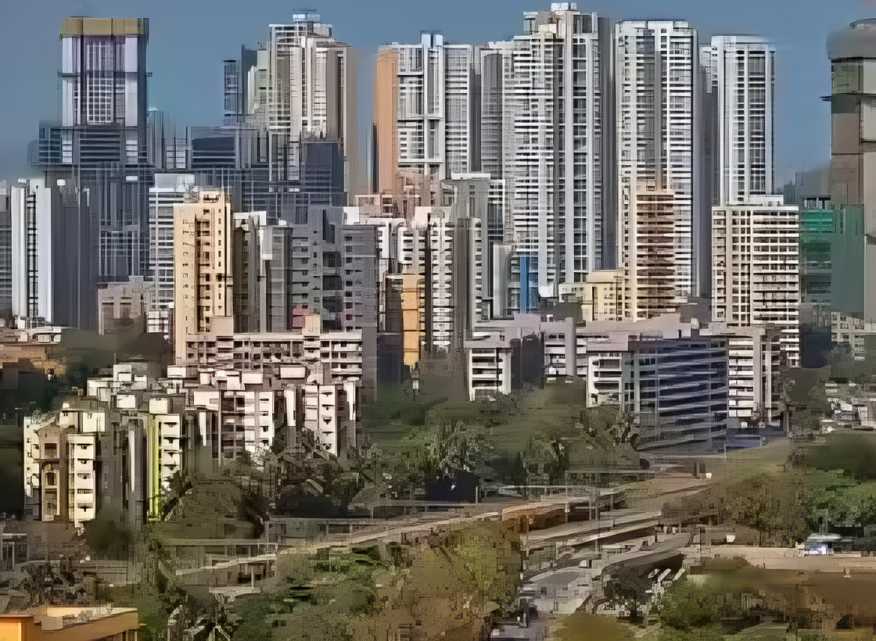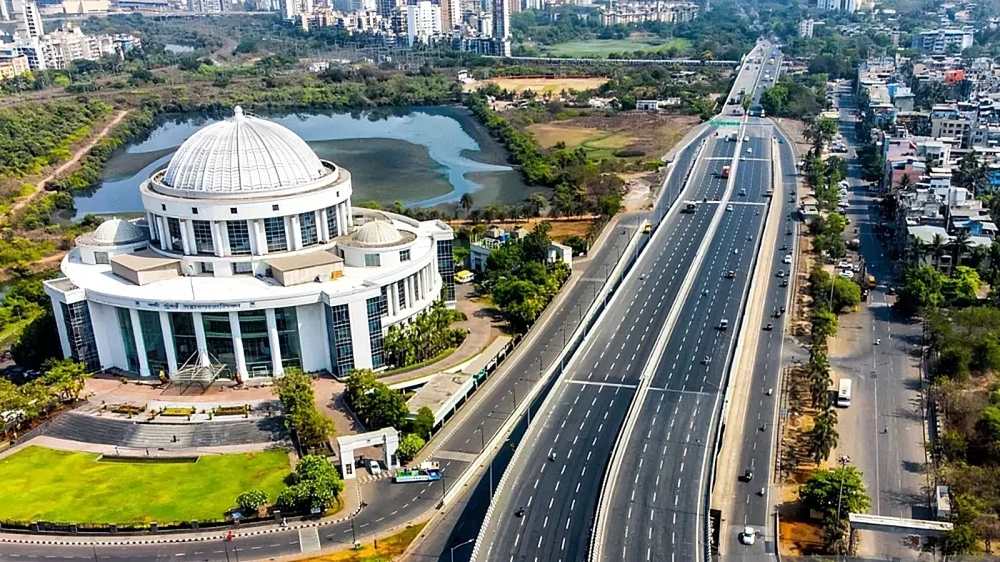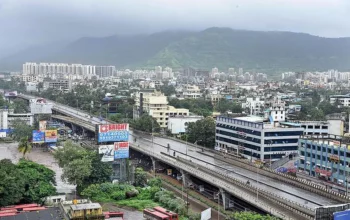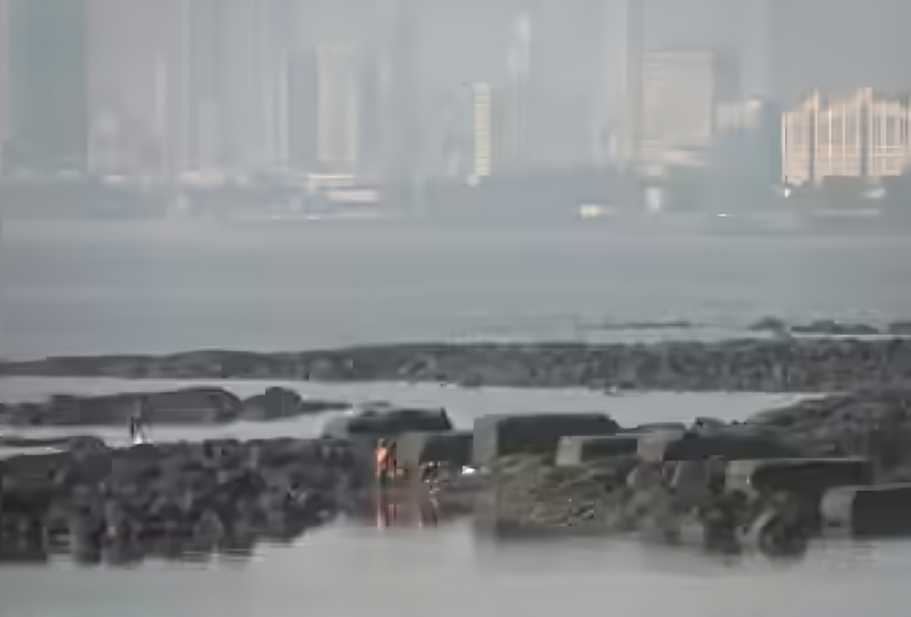August 18, 2025: Walk through the inner lanes of Bandra, Khar, or Santacruz and you may notice six-storey housing blocks being replaced by soaring 18-storey towers. This transformation is not accidental, nor is it unlawful. Instead, it is the result of clauses within Mumbai’s Development Control and Promotion Regulations (DCPR), which allow builders to reap huge benefits in redevelopment projects.
Under schemes such as Regulation 33(11) and Section 33(20B) of DCPR 2034, builders constructing tenements for project-affected persons within a five-kilometre radius and handing them over to the Brihanmumbai Municipal Corporation (BMC) or the Slum Rehabilitation Authority (SRA) are rewarded with significantly higher floor space index (FSI). This bonus FSI enables developers to construct taller buildings in premium neighbourhoods where property prices often exceed Rs 80,000 per sq ft, sometimes even crossing Rs 1 lakh.
Architect Manoj Daisaria noted that because of the higher FSI on offer, residents of housing societies are now negotiating for 30–50% more space in redeveloped projects. On Bandra’s Carter Road, developer Anand Pandit recently struck an agreement with Shree Amrit Society—where actor Shah Rukh Khan owns a flat—granting members a remarkable 155% increase in space in the upcoming 18-storey tower.
The SRA was the first to introduce incentives through Regulation 33(11), offering FSI of 4 compared to the standard 2.5. More than 100 developers have already taken advantage of this provision. The BMC, unwilling to be left behind, introduced Section 33(20B), offering FSI of up to 5.4, making it even more attractive for developers.
“A five-storey building can now rise to 25 or even 27 floors, provided the road width permits,” explained Bandra-based developer Sharan Babani. Yet, this vertical growth brings challenges. “Where there were once only two flats per floor, developers can now build four or five, doubling the density within the same footprint,” Babani warned. “This places immense pressure on local infrastructure, water supply, and traffic.”
Developers, however, argue that these schemes benefit all parties. “A building that originally consumed 10,000 sq ft is now allowed 50,000–60,000 sq ft during redevelopment,” said developer Sanjay Devnani. According to Domnic Romell, former president of CREDAI-MCHI, most builders now prefer the BMC’s scheme over the SRA’s due to greater financial viability.
Critics remain unconvinced. Housing expert Chandrashekhar Prabhu argued that the authorities are granting FSI well beyond what the city’s development rules allow. “The justification appears less about housing for the displaced and more about controlling approval processes and the potential for kickbacks,” he said. He added that the government has shifted responsibility for housing slum dwellers and project-affected persons onto developers instead of effectively using public land.
Another challenge lies in the timely completion of Permanent Transit Camps (PTCs). Many projects remain stalled because these tenements are not delivered on schedule, preventing occupation certificates for the free-sale towers. Some developers now choose to build PTCs themselves to avoid delays and secure approvals.
As Bandra-Khar-Santacruz witnesses a skyline makeover, the question remains whether the city’s infrastructure can keep pace with the vertical surge fuelled by FSI incentives.
Source: The Times Of India





